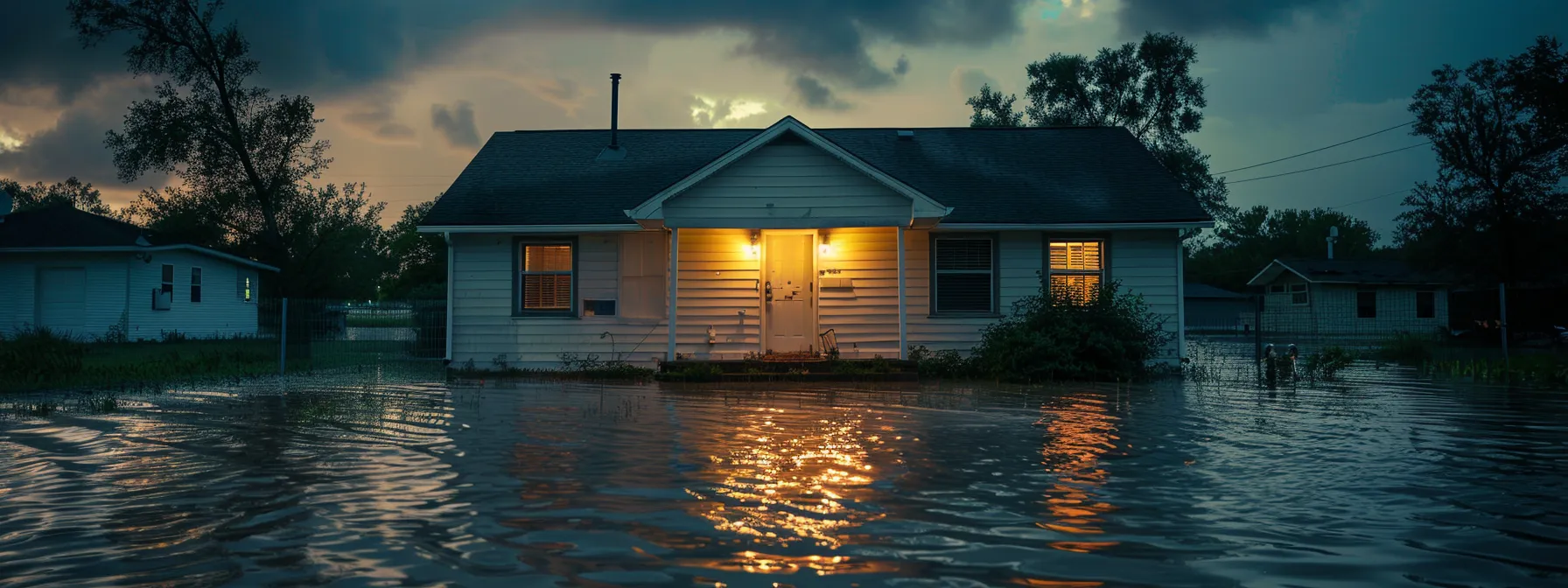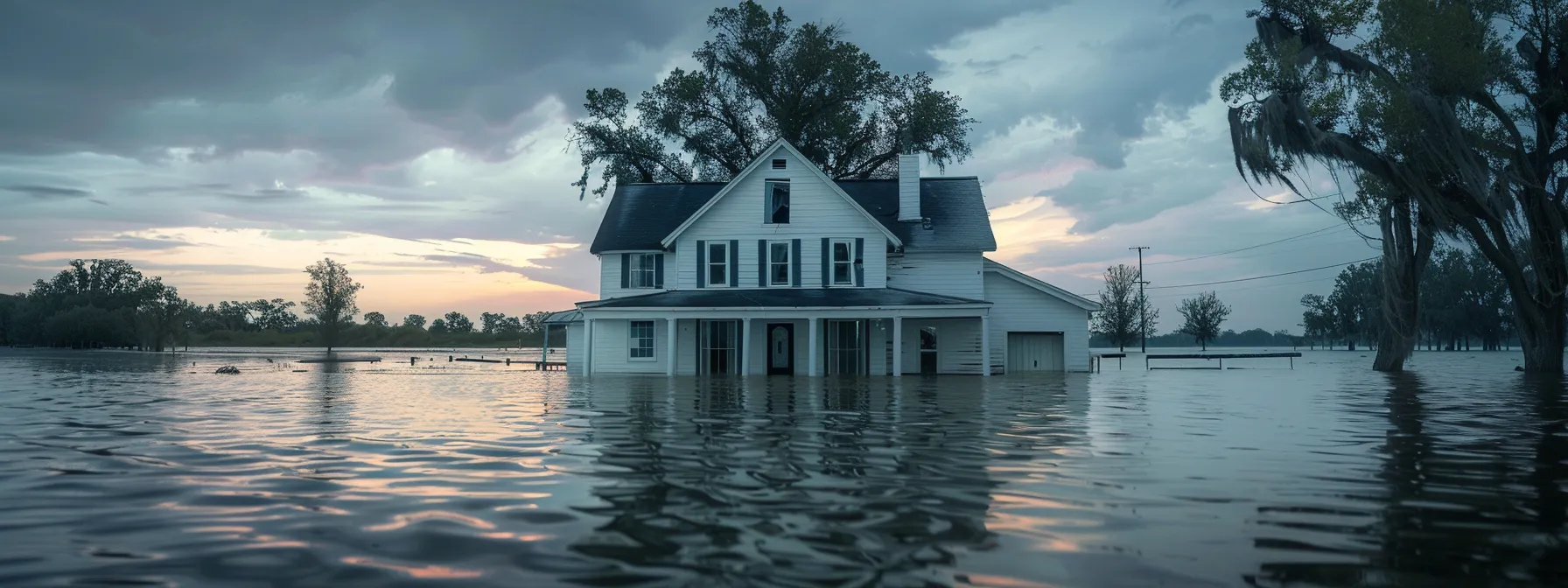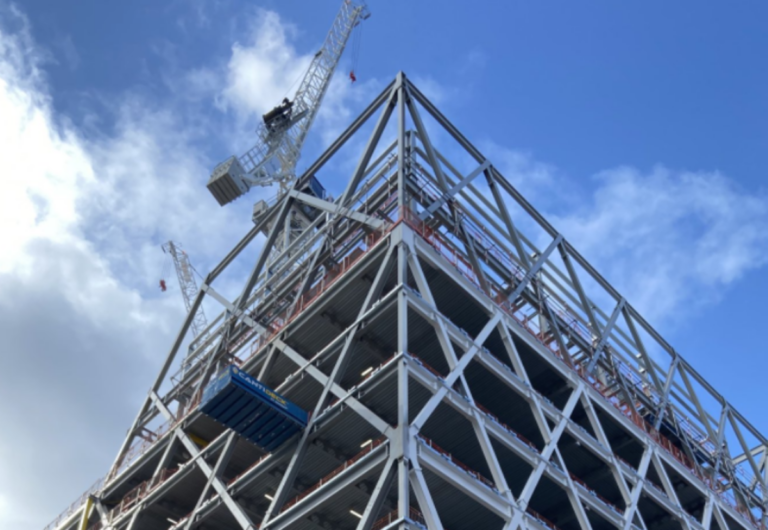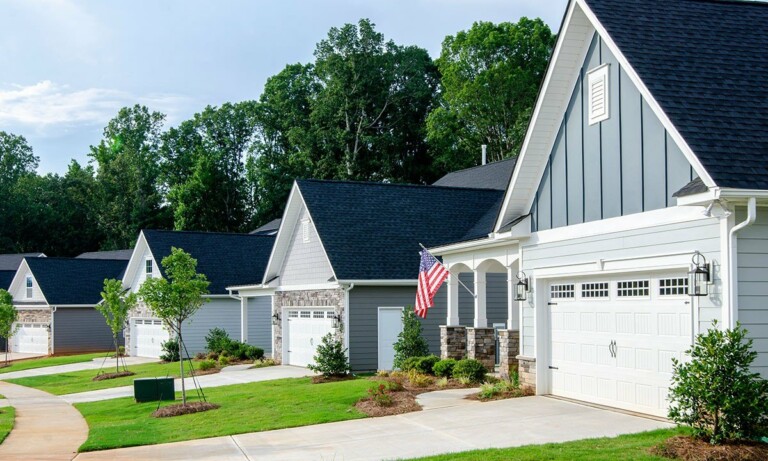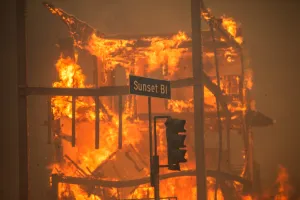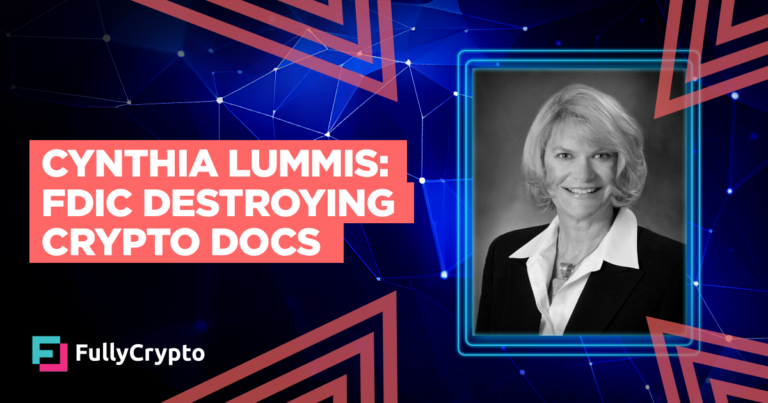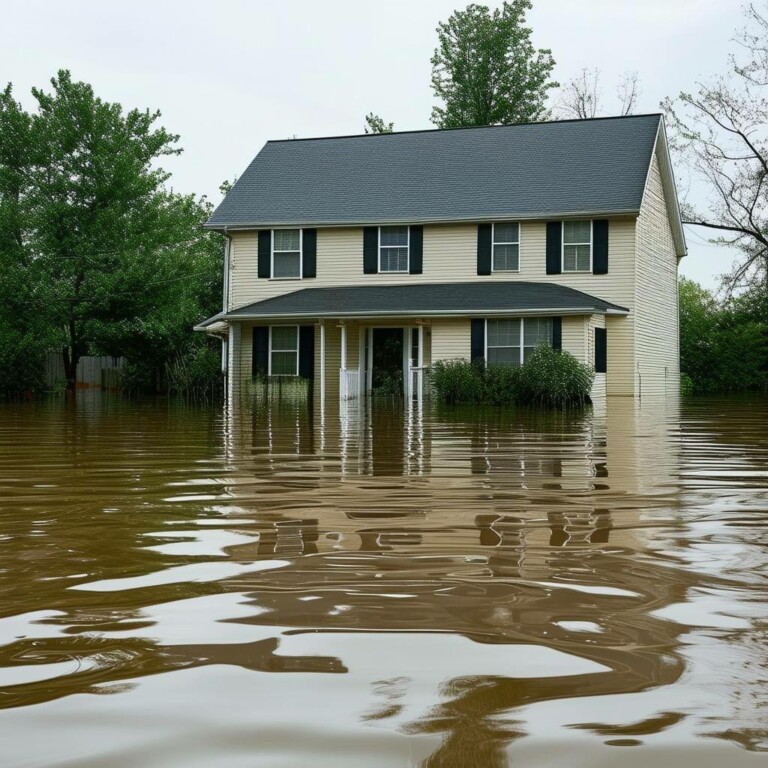Understanding Flood Insurance Costs in Zone AE
Flood insurance costs in Zone AE can vary significantly across different regions, including North Carolina, South Carolina, and Vermont. These areas face unique flood risks due to their geographical features and climate patterns. Understanding the factors that influence insurance premiums in Zone AE is crucial for homeowners and property managers to make informed decisions about their coverage. In this article, we’ll explore the intricacies of flood insurance in Zone AE, helping you navigate the complexities and potentially save money on your premiums.
Flood insurance costs in Zone AE can vary significantly across different regions, including North Carolina, South Carolina, and Vermont. These areas face unique flood risks due to their geographical features and climate patterns. Understanding the factors that influence insurance premiums in Zone AE is crucial for homeowners and property managers to make informed decisions about their coverage. In this article, we’ll explore the intricacies of flood insurance in Zone AE, helping you navigate the complexities and potentially save money on your premiums.
How Much Does Flood Insurance Cost in Zone AE?
I’ve researched flood insurance costs in Zone AE extensively, considering the complex interplay of factors that influence premiums. This high-risk area, often near lakes or prone to severe weather, requires careful financial planning. I’ll break down the rate structures, explore the key elements affecting costs, and compare National Flood Insurance Program (NFIP) options with private insurance alternatives. Understanding these aspects will help you answer the critical question: “How much does flood insurance cost in Zone AE?” and make informed decisions to protect your property.

Understanding Rate Structures in Zone AE
I’ve delved deep into flood insurance rate structures for Zone AE in New Hampshire, uncovering the complex factors that shape policy costs. These rates consider not only the risk of flooding from heavy rain but also the property‘s elevation, construction type, and even plumbing systems. I’ve found that insurers assess these elements to determine the likelihood and potential severity of flood damage, ultimately influencing the premium you’ll pay for your insurance policy.
Factors Influencing Costs in Zone AE
I’ve identified several key factors that influence flood insurance costs in Zone AE. Climate change has increased the frequency and severity of natural disasters, particularly in coastal areas and along major rivers like the Missouri. This heightened risk directly impacts policy premiums. Additionally, I’ve observed that the specific location within Zone AE, the property‘s elevation, and its flood-proofing measures significantly affect insurance rates. Here’s a breakdown of these factors:
|
Factor |
Impact on Cost |
|---|---|
|
Climate Change |
Increases premiums due to higher risk |
|
Coastal Proximity |
Higher costs for properties near the coast |
|
Elevation |
Lower premiums for higher elevations |
|
Flood-Proofing Measures |
Can reduce insurance costs |
|
Property Value |
Higher value properties generally cost more to insure |
Comparing NFIP and Private Flood Insurance Costs
I’ve compared NFIP and private flood insurance costs in Zone AE, finding significant variations based on location and risk factors. In Florida and Louisiana, where storm surge is a major concern, I’ve noticed private insurers often offer more competitive rates than the NFIP, especially in high-risk special flood hazard areas. My research shows that zip codes play a crucial role in determining premiums, with coastal regions typically facing higher costs regardless of the insurance provider.
The Impact of Flood Zone AE on Insurance Premiums
I’ve analyzed how Zone AE designation significantly impacts flood insurance premiums across diverse regions, from coastal Texas to inland Nebraska. My research reveals that properties in this high-risk floodplain face substantial rate hikes compared to lower-risk zones. I’ve found that elevation certificates play a crucial role in cost determination, often leading to substantial savings for homeowners in states like New Mexico and Alabama. These certificates provide precise data on a structure’s elevation relative to the base flood elevation, allowing insurers to assess risk more accurately and potentially offer lower premiums.
How Zone AE Designation Affects Your Rates
I’ve observed how Zone AE designation significantly impacts flood insurance rates, often resulting in higher premiums due to increased risk. In West Virginia, where heavy rains and rapid snowmelt can cause severe flooding, I’ve seen rates climb even for properties far from coastal areas. My research shows that insurers factor in not only the risk of water damage but also potential wind-driven rain and debris, which can affect both structures and personal property like clothing. Flood insurance coverages and options for flood zones AE and A
The Role of Elevation Certificates in Determining Costs
I’ve found that elevation certificates play a crucial role in determining flood insurance costs for properties in Zone AE. In Tennessee and Ohio, I’ve seen how these certificates provide insurers with accurate data on a property‘s elevation relative to the base flood elevation, often resulting in lower premiums. My research shows that communities participating in the Community Rating System can offer additional savings options for property owners who obtain elevation certificates:
|
Factor |
Impact on Insurance Cost |
|---|---|
|
Elevation Above Base Flood Level |
Lower premiums |
|
Community Rating System Participation |
Additional discounts available |
|
Accurate Property Data |
More precise risk assessment |
|
Flood-Proofing Measures |
Potential for further cost reduction |
Calculating Your Flood Insurance Premium in Zone AE
I’ve spent years analyzing flood insurance premiums in Zone AE, particularly in Virginia, where coastal and inland flooding pose significant risks. As an expert in this field, I’ve developed a comprehensive approach to estimating costs that considers factors often overlooked by standard calculators. I’ll guide you through a step-by-step process to accurately estimate your premium, emphasizing the critical role of proper property valuation. This method not only helps homeowners but also benefits lenders, as precise flood insurance costs can impact loan terms. By understanding the intricate details of premium calculation, including the percentage of coverage relative to property value, you’ll be better equipped to make informed decisions about your flood insurance needs in Zone AE.

Step-by-Step Guide to Estimating Your Premium
I’ve developed a precise step-by-step guide to estimate flood insurance premiums in Zone AE, considering unique factors like mobile home construction in Nevada. My process includes assessing the property‘s hazard level, calculating replacement cost, and factoring in mortgage requirements. I’ve found that accurately pricing flood insurance in this high-risk zone often surprises homeowners, especially those new to the area.
The Importance of Accurate Property Valuation
I’ve found that accurate property valuation is crucial for determining flood insurance costs in Zone AE, especially in beach communities along the United States coastline. My research shows that precise data on building materials, floor elevation, and potential water damage significantly impacts risk assessment and premium calculations. I’ve seen how undervaluing properties can lead to inadequate coverage, while overvaluation may result in unnecessarily high premiums:
|
Valuation Aspect |
Impact on Insurance |
|---|---|
|
Building Materials |
Affects damage resistance |
|
Floor Elevation |
Influences flood risk level |
|
Potential Water Damage |
Determines coverage needs |
|
Property Location |
Affects overall risk assessment |
Saving Money on Flood Insurance in Zone AE
I’ve spent years researching flood insurance costs in Zone AE, particularly in Connecticut, where coastal storms pose significant risks. My experience with the Federal Emergency Management Agency (FEMA) and local emergency management offices has given me unique insights into saving money on flood insurance. I’ve discovered that understanding flood insurance rate maps is crucial for identifying cost-saving opportunities. In this section, I’ll share practical tips for lowering your premiums and explore grants and programs designed to make flood insurance more affordable. These strategies can help property owners in high-risk areas like Zone AE better protect their investments without breaking the bank.
Tips for Lowering Your Flood Insurance Costs
I’ve discovered several effective strategies to lower flood insurance costs in Zone AE, even in high-risk areas like Alaska. By increasing my deductible, I significantly reduced my premium while still maintaining adequate coverage through the National Flood Insurance Program. I’ve also found that installing flood vents and elevating utilities can lead to substantial savings. In areas prone to dam-related flooding, I learned that participating in local disaster mitigation efforts can result in community-wide discounts:
|
Cost-Saving Strategy |
Potential Impact |
|---|---|
|
Increase Deductible |
Lower premium, higher out-of-pocket cost |
|
Install Flood Vents |
Reduced risk, lower premium |
|
Elevate Utilities |
Decreased damage potential, possible discount |
|
Community Mitigation Efforts |
Group discounts, improved flood resilience |
Grants and Programs to Help Afford Flood Insurance
I’ve researched various grants and programs that help make flood insurance more affordable in Zone AE, especially for condominium owners in Rhode Island. My methodology involved analyzing VA loan requirements and their impact on insurance rates. I discovered that FEMA offers several assistance programs, including the Flood Mitigation Assistance Grant, which can help property owners implement flood-proofing measures and potentially lower their premiums. Here’s a breakdown of some key programs I found:
|
Program |
Benefit |
|---|---|
|
Flood Mitigation Assistance Grant |
Funds for flood-proofing measures |
|
Community Rating System |
Discounts based on community flood preparedness |
|
Pre-Disaster Mitigation Grant |
Supports hazard mitigation planning |
|
Increased Cost of Compliance Coverage |
Helps cover costs to meet floodplain management requirements |
Common Misconceptions About Flood Insurance in Zone AE
I’ve encountered numerous misconceptions about flood insurance in Zone AE throughout my career, particularly in states like Indiana where river flooding is a major concern. My research has uncovered surprising truths about how the insurance market operates in high-risk areas, often contradicting popular beliefs shared on platforms like Twitter. I’ve found that many property owners underestimate the potential water damages they might face, leading to inadequate coverage. Through my work with insurance law experts, I’ve gained valuable insights into the factors that truly influence flood insurance quotes in Zone AE. In this section, I’ll debunk common myths about flood insurance pricing and help you understand what really affects your premiums.
Debunking Myths About Flood Insurance Pricing
I’ve debunked several myths about flood insurance pricing in Zone AE, particularly in California and Mississippi. My research shows that market value isn’t the primary factor in determining premiums; instead, replacement cost and flood risk play more significant roles. I’ve found that many property owners misunderstand how their flood insurance quote is calculated, often overlooking crucial information about their property‘s specific vulnerabilities to flooding.
Understanding What Influences Your Flood Insurance Quote
I’ve discovered that flood insurance quotes in Zone AE are influenced by factors beyond just proximity to water sources like rivers. My research shows that elevation plays a crucial role, with properties at higher elevations often qualifying for lower premiums. I’ve found that the presence of a basement can significantly impact costs, as these areas are more susceptible to flooding. Through my analysis of flood insurance rate maps, I’ve learned that even small changes in property location can lead to substantial differences in premiums, highlighting the importance of accurate mapping in determining flood risk and, ultimately, the amount of money property owners pay for coverage.

Navigating Flood Insurance Policies in Zone AE
I’ve spent years navigating the complexities of flood insurance policies in Zone AE, addressing countless FAQs from homeowners concerned about water damage frequency. My experience has taught me that standard home insurance often falls short in high-risk flood zones, leaving furniture and other valuables vulnerable. I’ll guide you through choosing the right coverage for your home and evaluating the need for supplemental flood insurance. Understanding these aspects is crucial for protecting your property in Zone AE, where flood risks are significant and constantly evolving.
Choosing the Right Coverage for Your Home
I’ve discovered that choosing the right flood insurance coverage in Zone AE requires careful consideration of your property‘s unique characteristics and your financial situation. In New Jersey, where coastal flooding is a significant concern, I’ve found that balancing the cost of comprehensive coverage with the potential expense of flood damage is crucial. My experience has shown that while flood insurance can be a substantial investment, it’s often far less costly than the out-of-pocket expenses for uninsured flood damage, making it an essential component of property insurance in high-risk areas.
Evaluating the Need for Supplemental Flood Insurance
I’ve evaluated the need for supplemental flood insurance in Zone AE across diverse states like Georgia, New Jersey, and Iowa. My analysis reveals that standard home insurance quotes often fall short in covering flood-related damages, making supplemental coverage crucial for protecting your property‘s full replacement value. I’ve found that assessing local flood history, property elevation, and potential climate change impacts helps determine the appropriate level of additional coverage needed to safeguard your home and belongings in high-risk flood zones.
Conclusion
Understanding flood insurance costs in Zone AE is crucial for property owners in high-risk flood areas. Factors such as climate change, property elevation, and flood-proofing measures significantly impact insurance premiums. Accurate property valuation and obtaining elevation certificates play vital roles in determining costs and potentially reducing premiums.
By debunking common misconceptions and exploring available grants and programs, property owners can make informed decisions to protect their investments while managing insurance costs effectively.

Information contained on this page is provided by an independent third-party content provider. This website make no warranties or representations in connection therewith. If you are affiliated with this page and would like it removed please contact editor @producerpress.com


